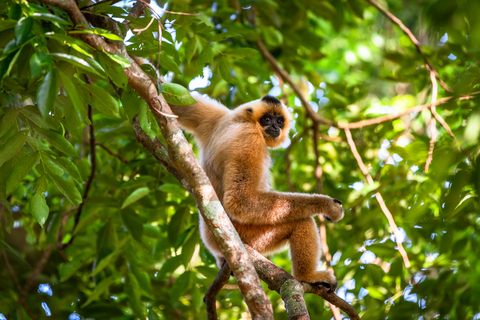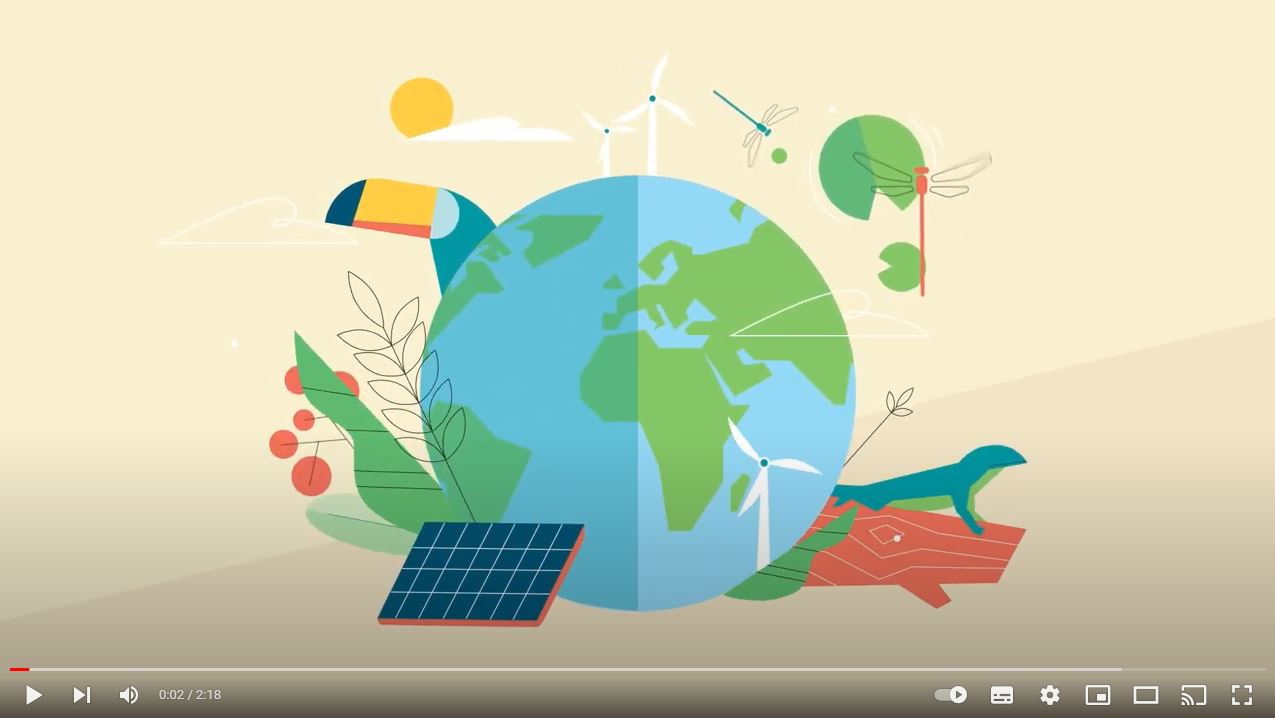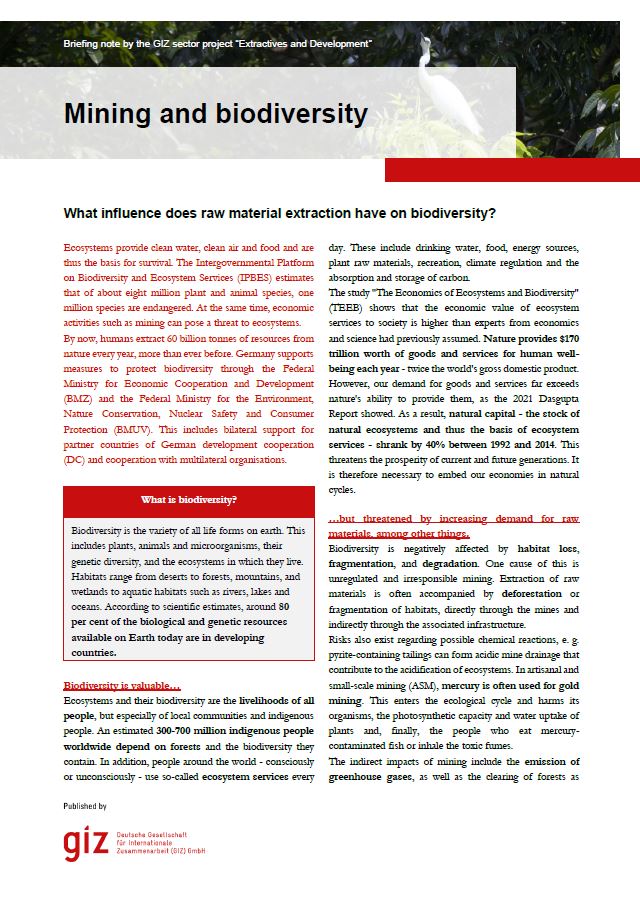Affe im Wald
Copyright© GIZ/Binh Dang
11.01.2022 Biodiversity and mining: new briefing note
Mining partly takes place in biodiverse areas.
By signing the international Convention on Biological Diversity (CBD) (External link) in 1992, the 196 member states sent a strong message: The protection of biodiversity is not a national but an international task. The member states adopted the so-called Aichi Targets in a 10-year plan. The Aichi Targets include combating the causes of biodiversity loss and reducing the pressure on biological diversity among others. This is where the extraction of raw materials also plays a role.
To achieve the goals of the Paris Climate Agreement, an energy and transport transition is urgently needed. And this cannot happen without primary raw materials. The pressure to develop new raw material sources is therefore increasing.
In its report (External link), the International Energy Agency (IEA) (External link) predicts that the demand for raw materials, for example for renewable energy technologies, will double between 2020 and 2040. Strong growth is also expected in the sector of e-mobility. For example, the demand for copper will increase by 40 % from 2020 to 2040. The demand for nickel used in batteries for electric vehicles will increase by 60-70 % in the same period. Many of these raw materials are located in areas with high biodiversity, such as tropical rainforests.
Mining and the impact on biodiversity
Biodiversity can be negatively impacted by mining operations. The construction of mines and adjacent infrastructure (roads, settlements, etc.) may destroy, degrade or fragment the natural habitats of local species. Water and soil pollution resulting from mining or processing of raw materials can contaminate areas and threaten biodiversity, as well. Especially in areas with endemic flora and fauna, a mining project can severely endanger single species. An example of the Longnose Harlequin Frog can be found in our briefing note.
Why is biodiversity important?
In addition to the intrinsic values of biodiversity and intact ecosystems, they are also essential in terms of their ecosystem services for humans and future generations. The concept of ecosystem services describes the benefits that intact ecosystems have for humans, e.g. pollinating flowers or providing food or wood. The provision of food and the storage of carbon alone significantly exceed the global gross domestic product. Therefore, resource extraction that respects biodiversity is of great importance even beyond its specific locality.
What approaches protect biodiversity in mining?
The protection of biodiversity is an integral part of international agendas. The German Federal Ministry for Economic Cooperation and Development (BMZ) is committed to the goals of the CBD and is one of the largest donors in this area.
Stakeholders in the extractive sector have also recognised the problem and are making increasing efforts to protect biodiversity: where possible, mining activities are restricted to biodiversity-poor regions. This principle is also supported by the mining association ICMM (International Council on Mining & Metals), which, in addition to avoiding areas with rare biodiversity, is committed to minimising impacts of mining.
Here, the principle of mitigation hierarchies is applied, which is based on the four steps of (1) avoid, (2) minimise, (3) rehabilitate and (4) compensate. The aim is to avoid a net loss of biodiversity. The ICMM video explains the mitigation hierarchy further:
Renaturation and recultivation
In mining, a distinction is made between recultivation and renaturation/ecological restoration. Recultivation entails the replanting of tailings and ensures rapid revegetation. However, these measures typically only establish a habitat with low biodiversity. Renaturation, on the other hand, is a longer process in which the former mine site is left to revegetate naturally. The resulting habitat has a higher biodiversity.
Measures of renaturation and recultivation can create additional jobs and represent an important socio-economic factor for the region even after the end of a mining project.
The BMZ has supported the World Bank in developing the Climate Smart Mining Strategy through the sector programme “Extractives and Development”. This includes approaches such as Forest-Smart-Mining, which advocates mining that is compatible with forest and climate protection, in turn supporting the conservation of biodiversity. (Read more about mining and forests here.)
Interference with nature - for example through a mining project - inevitably has negative impacts on ecology and biodiversity. However, there are approaches and measures to keep these impacts as low as possible and to compensate for them. We must be aware of one thing: If we want to protect our climate and biodiversity, we need raw materials. Without raw materials, there is no energy and transport transition!
Learn more about the connection between mining and biodiversity in our new X4D briefing note!
For further information, please contact Johannes Lohmeyer (External link) or Linda Carstens (External link).


